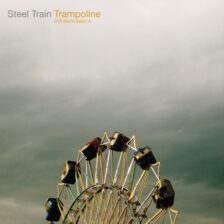Casey Calvert died of accidental substance abuse.
Hawthorne Heights guitarist Casey Calvert died due to the “acute combined effects of opiate, citalopram and clonazepam intoxication,” according to the just-released results of an autopsy performed by the office of the chief medical examiner in Washington, D.C. The autopsy listed Calvert’s death as accidental, though it added that it was brought on due to “substance abuse.” Both citalopram (also known by the brand name Celexa) and clonazepam (also known by the brand names Klonopin and Rivotril) are prescription drugs, the former an antidepressant and the latter used to treat seizure disorders and panic attacks.
Eron Bucciarelli from Hawthorne Heights has sent us a message about Casey Calvert’s autopsy:
Read More “Casey Calvert Autopsy Results”From the time of the incident we suspected a possible drug interaction as the cause. Casey wrestled with depression for as long as we knew him. He saw numerous doctors and took an ever-changing array of medicines to get better. He finally had his depression under control. According to the toxicology report, the cause of death was due to a fatal interaction between depression meds, anxiety meds and an opiate. Opiates being mentioned along with the term “substance abuse”, coupled with “rockstar” stereotypes immediately conjure up images of hard drug use and addiction, which simply couldn’t be further from the truth in Casey’s instance. What the toxicology report doesn’t show is that prior to us leaving for tour, Casey had a root canal, and was prescribed Vicodin (an opiate) for the pain. Once again, Casey was not involved in anything illegal nor was he a substance abuser. Please be respectful as we search for more answers to these newly raised questions and deal with this news.



